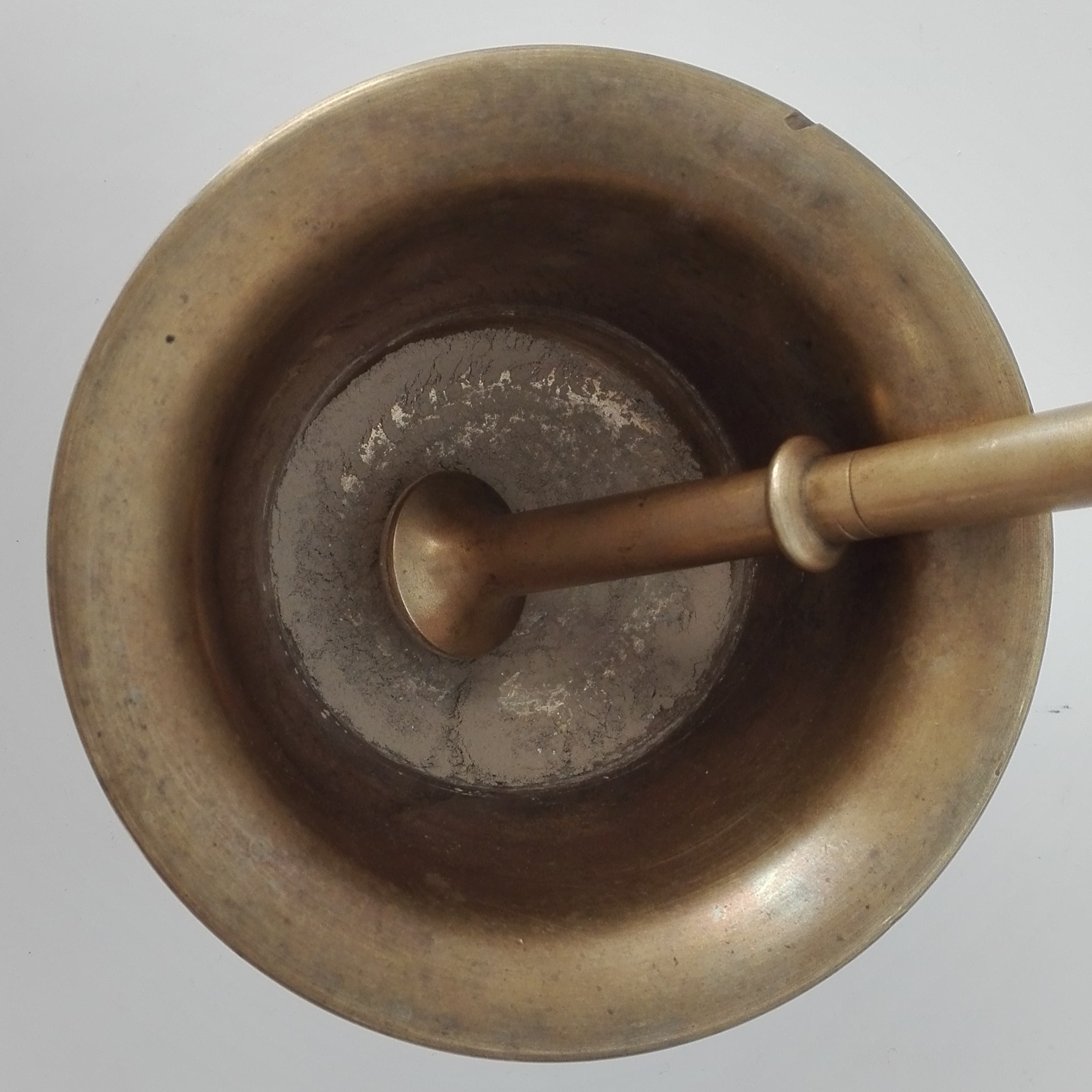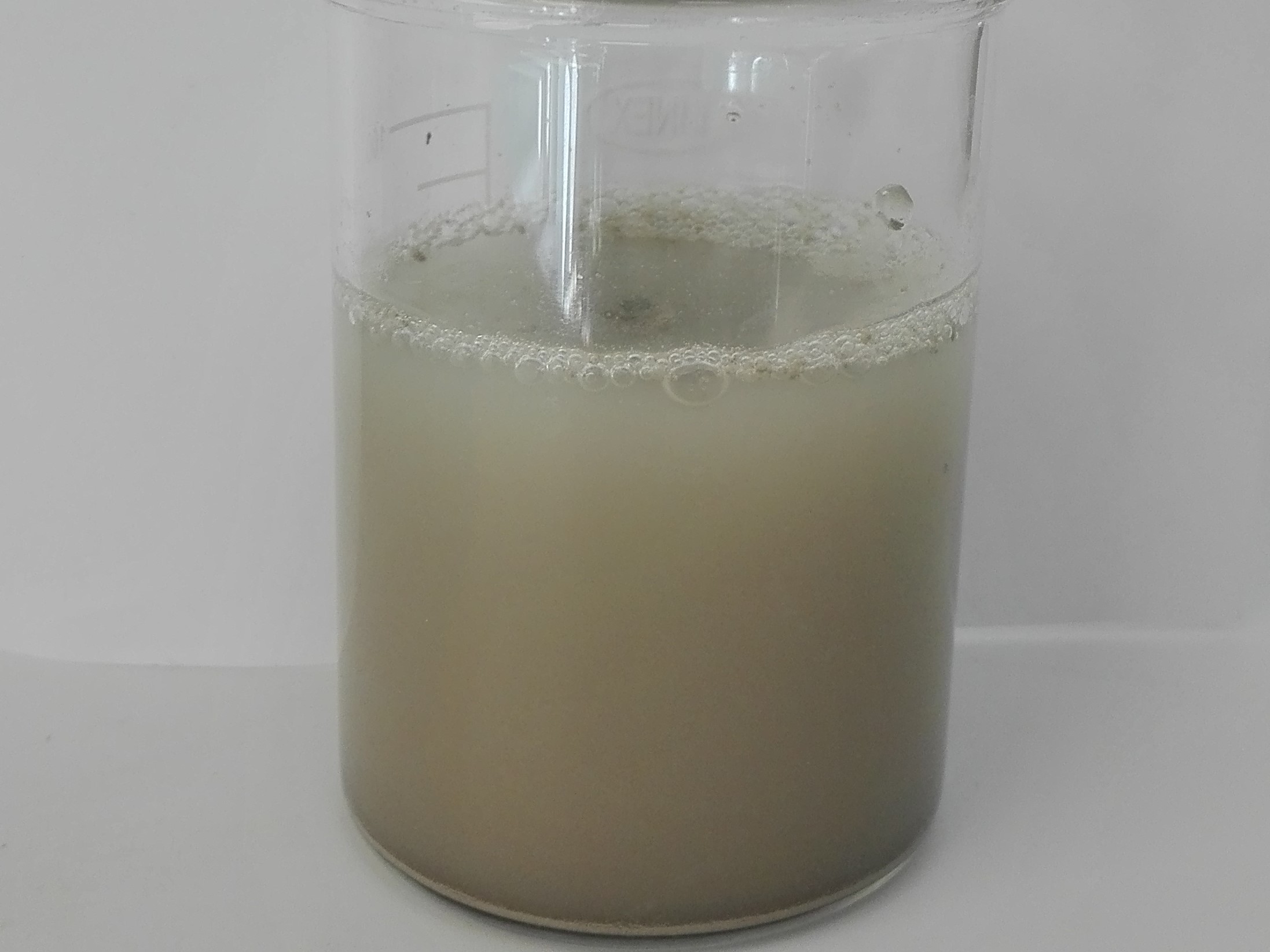Properties & Qualities
Application
Art, Sample making
Qualities
2D, Colourful, Rigid, Translucent
Colour
other
Sample Information
Date of creation
11/10/2019
Process & Production
In this recipe following ingredients were individually reduced to a powder in a bronze mortar: iron fillings (Fe), natural haematite (Fe2O3), lead-silica glass (PbO·SiO2), lead(II) oxide (PbO), and gum Arabic in the proportion of 1:5:2:1:1 by wt. The lead-silica glass had been previously prepared according to Félibien (1676) and Blancourt (1697) (PbO: SiO2, 3:1 by wt). The powdered mixture was placed in a glass and distilled water was added (1:3 wt/v). After three days the solution was carefully decanted to another glass and placed inside, on a windowsill in the sun, until all liquid had evaporated. The powder was then painted on a glass with gum Arabic dissolved in distilled water. Finally the paint was fired at 620ºC for 30 minutes (ramp 3ºC/minute).
Find more at:
Â. Santos, M. Vilarigues (2019). Sanguine Paint: Production, Characterization, and Adhesion to the Glass Substrate. Studies in Conservation 64, 4, 221-239.
Recipe Details
| Ingredients: iron fillings (Fe), natural haematite (Fe2O3), lead-silica glass (PbO: SiO2, 3:1 by wt), lead(II) oxide (PbO), and gum Arabic, distilled water. Recipe Source: Sanguine reconstruction of a recipe by Pierre Le Vieil (“L’Art de la Peinture sur Verre e de Vitrerie”, 1774, pp 126, first recipe). |
Credits
Craft Maker
Ângela Santos
Library Contributor
FCT-NOVA, VICARTE
Photographer
Ângela Santos












